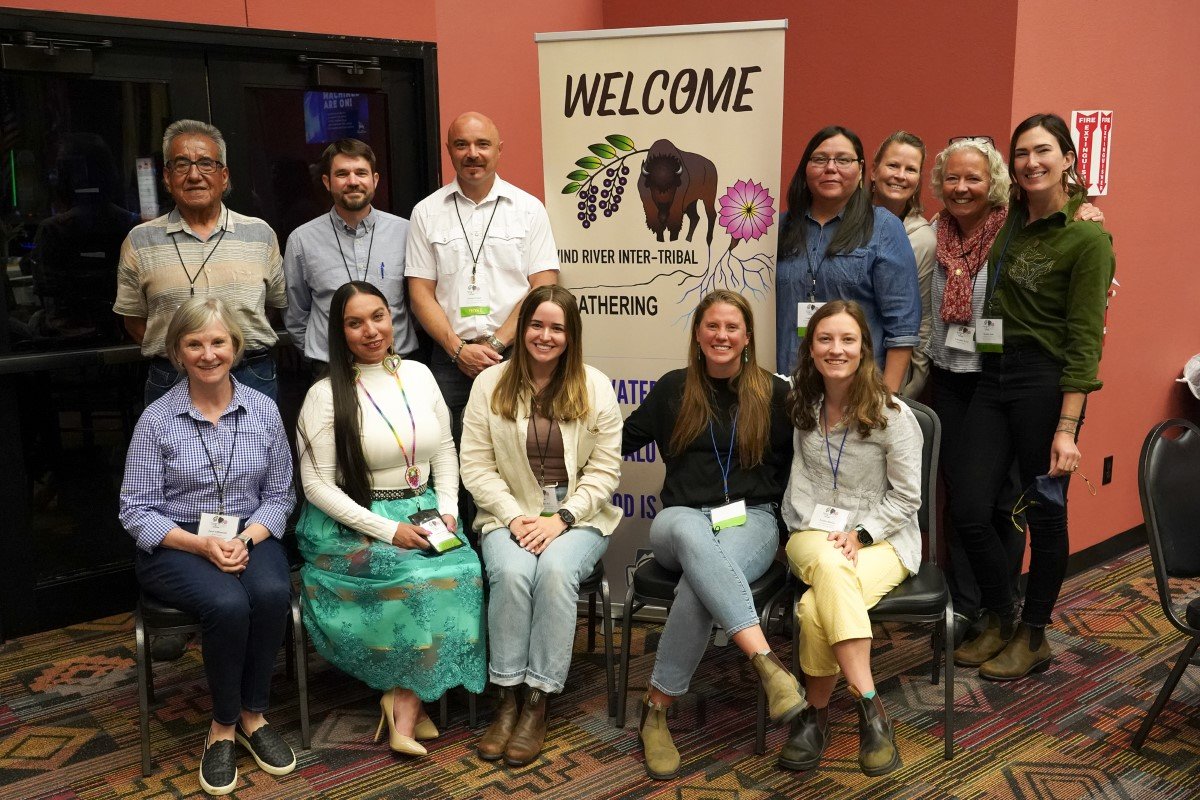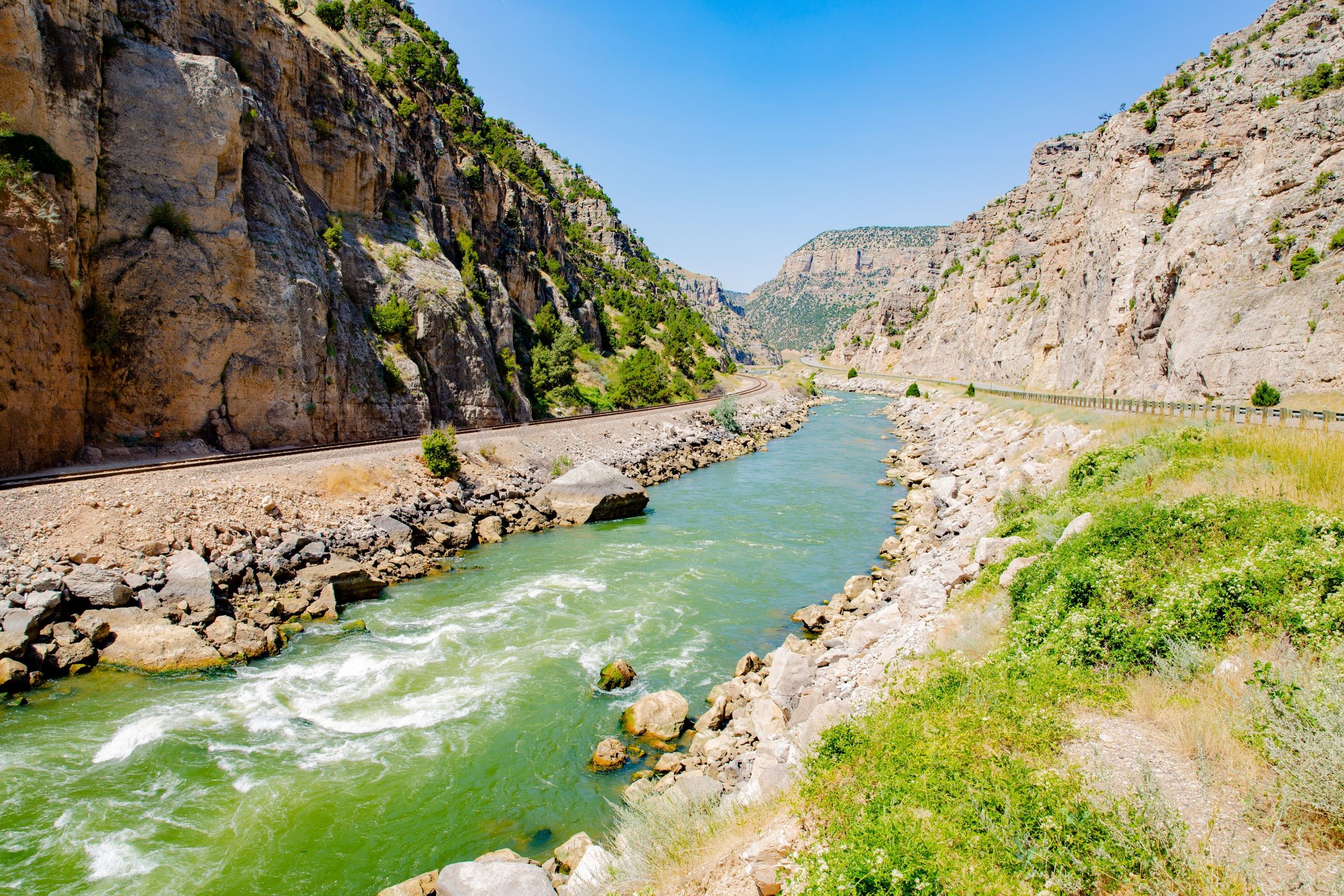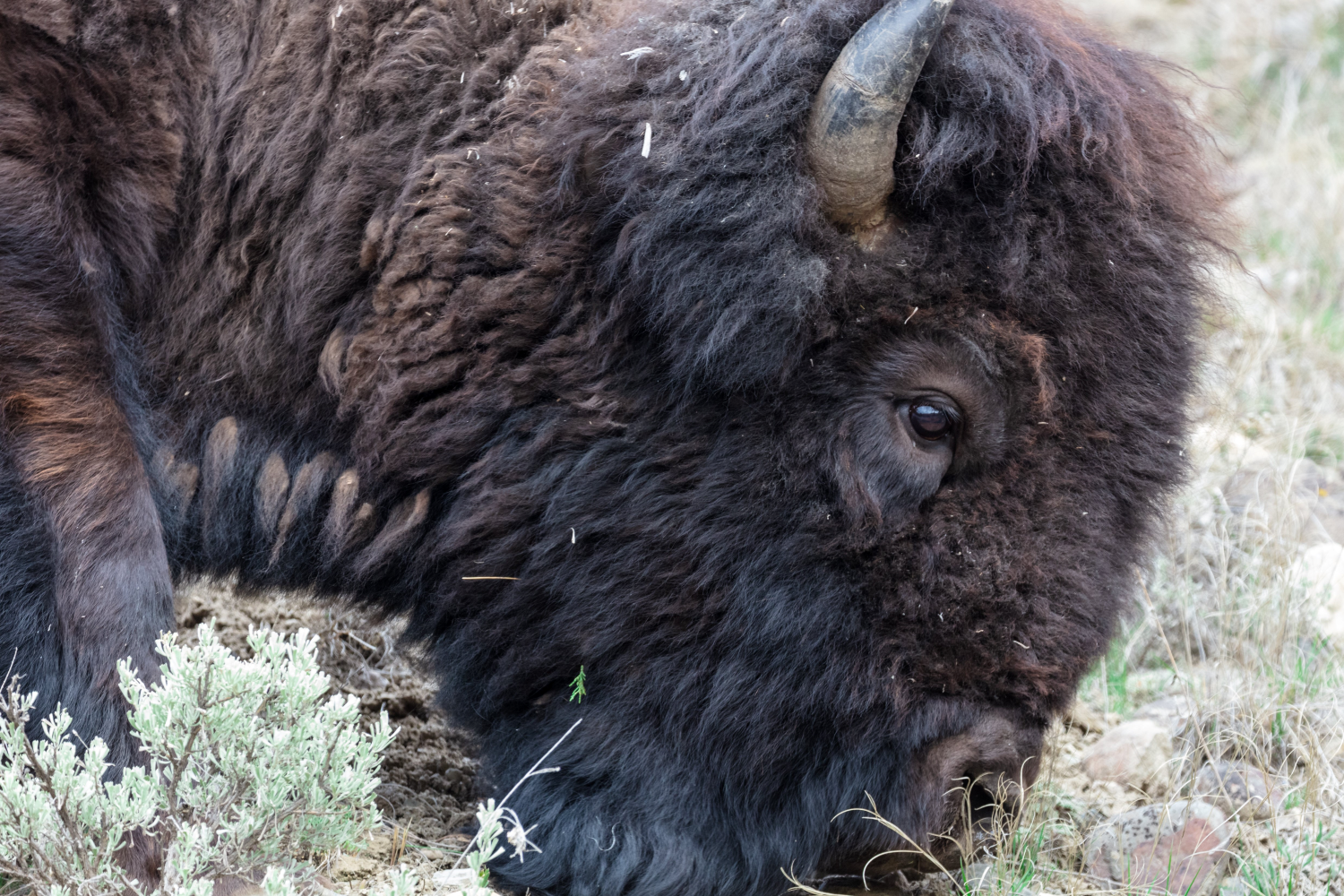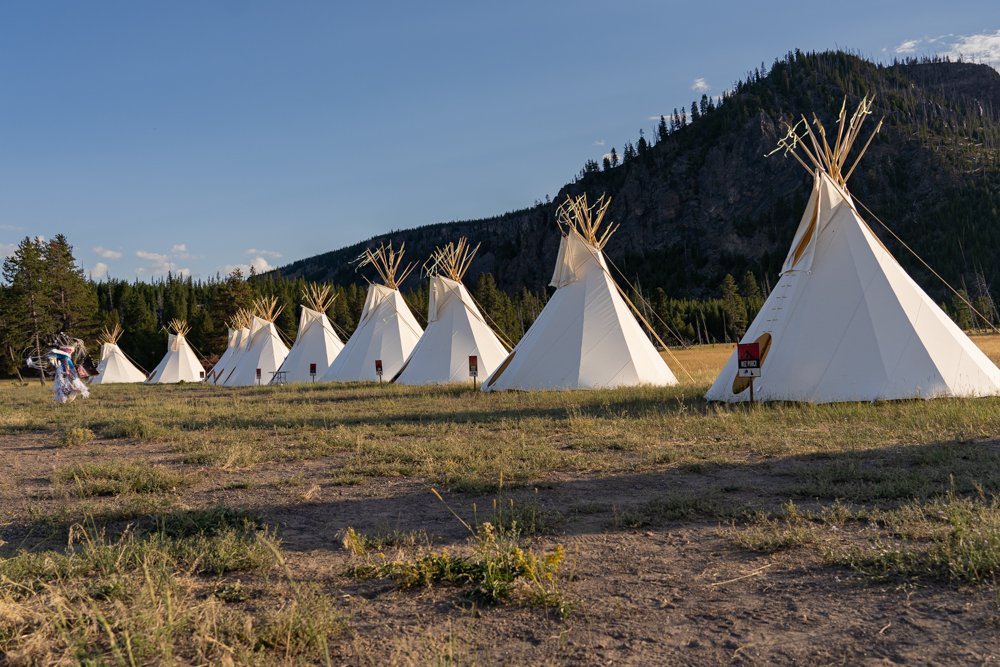
Supporting Inter-Tribal Coordination
The Greater Yellowstone Ecosystem is a dynamic and diverse region.
Spanning over 20 million acres, the ecosystem contains two national parks, five national forests, three Indian reservations, and a vast network of additional public and private lands covering parts of Idaho, Montana, and Wyoming. It is home to a wide array of iconic North American wildlife and contains the headwaters of major river systems that sustain communities both within the ecosystem and far downstream.
Long before the creation of the national parks, national forests, and the states themselves, this landscape was stewarded by Indigenous people who used Traditional Ecological Knowledge to keep the ecosystem in balance. But today, the many Tribal nations that have long lived in reciprocity with the ecosystem are largely excluded from its management.
When Yellowstone National Park was established in 1872, Native American people were forcibly removed from the landscape, and the American public was told they had never inhabited the region. As the Western conservation movement began to take shape, Indigenous voices and perspectives were systematically and intentionally excluded. Today, over 49 Tribes retain powerful current and ancestral ties to the landscape of Yellowstone, but Indigenous people are markedly absent from land management decision making.
The Greater Yellowstone Coalition is supporting improved Tribal engagement in conservation across the Greater Yellowstone Ecosystem, with a focus on the two Tribes of the Wind River Indian Reservation.
In addition to making space for Tribes and agencies to engage in meaningful dialogue and improved consultation, GYC is creating opportunities for Tribes to engage with each other – improving opportunities for intertribal coordination and cooperation on areas of mutual priority for various Tribes. This includes facilitating intertribal gatherings and symposiums and providing resources and expertise to Tribal partnerships to support conservation advocacy and Tribal sovereignty.
Our staff members – Tribal and non-tribal alike – are assisting Tribal leadership with advancing conservation priorities such as the restoration of the Big Wind River, the return of buffalo to Tribal land, the repatriation of reservation lands under continued federal control, and more. We meet regularly with the Rocky Mountain Tribal Leaders Council, the Eastern Shoshone Business Council, and the Northern Arapaho Business Council to listen to Tribal conservation priorities and coordinate to support Tribal rights and interests.




